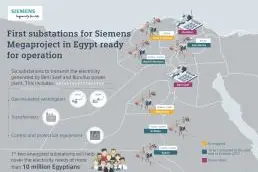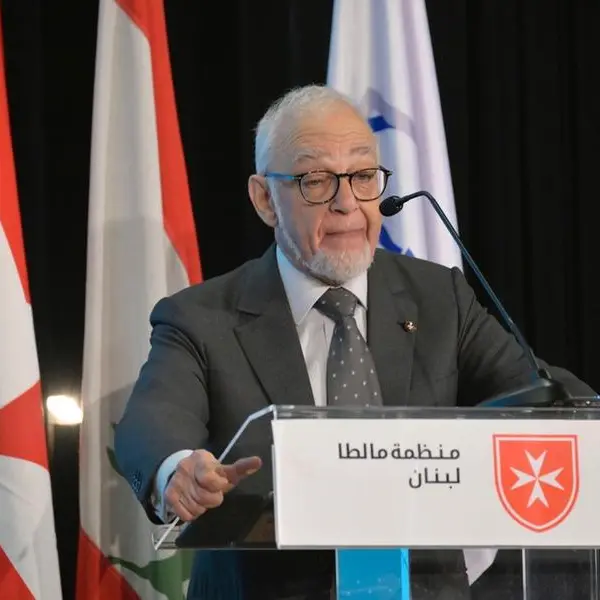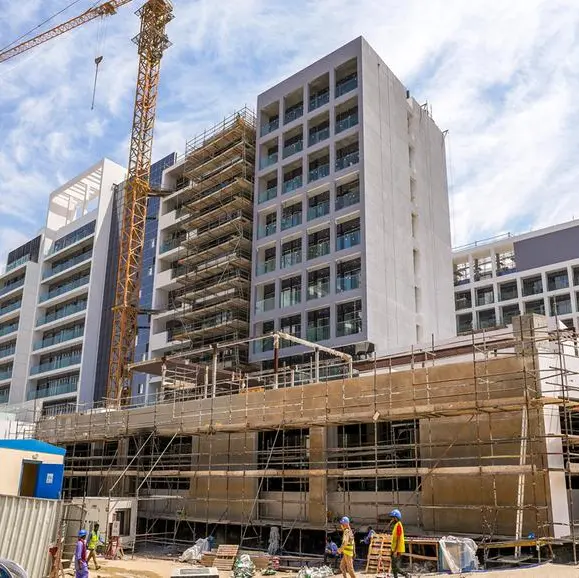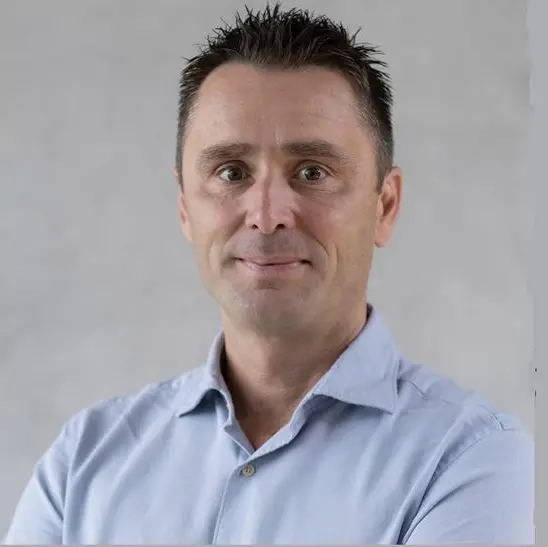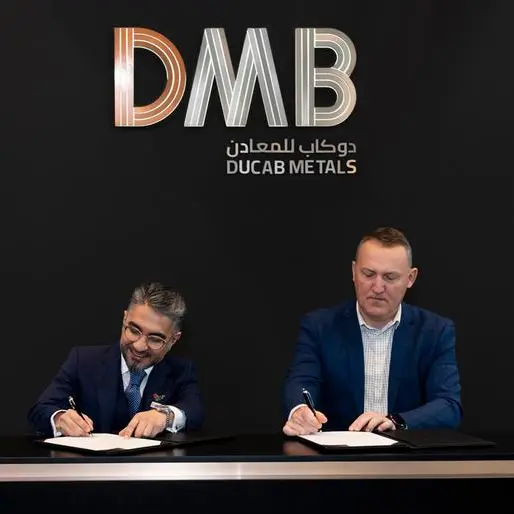PHOTO
· Fast-track installation of first GIS for Egypt megaproject ahead of schedule
· Substations to integrate the new, highly efficient power plants into the grid
Siemens has successfully energized the first two substations that will transmit electricity generated by the new power plants in Beni Suef and Burullus to Egypt’s power grid. When finished, the plants which Siemens is building alongside with its partners will feature a total of six 500/220 kV (kilovolt) substations and will enable a reliable and resilient energy delivery for the people of Egypt.
The Etay El-Baroud and Maghagha substations are part of the contract signed between a consortium, comprising Siemens and El Sewedy Electric T&D, with the Egyptian Electricity Transmission Company (EETC) for the design, engineering, supply and installation of six state-of-the-art substations, located in El Minia, El Beheira, Qalubia, Assiut and Kafr El Zayat governorates. They will include gas-insulated switchgear (GIS), transformers and control and protection equipment. All civil work will be completed by the locally based engineering company El-Sewedy Electric T&D.
When fully commissioned, the first two substations will help deliver 2,500 megawatts (MW) of power to the national grid, which is the equivalent to the electricity needs of more than 10 million Egyptians[1]. The project is crucial to upgrading the country’s network, which will ultimately support Egypt’s economic, industrial and infrastructure development.
Both Etay El-Baroud and Maghagha substations were energized within 10 months, from last December when the contract was signed, to match the implementation timeframe of the Beni Suef and Burullus power plants. The remaining substations will be completed and connected to the grid by the end of October 2017.
“This achievement is yet another testament to Siemens’ commitment to fast execution for the benefit of the customer, and comes at a time when Egypt has resumed a strong focus on increasing the capacity of the transmission network nationwide,” said Emad Ghaly, CEO of Siemens Egypt. “Siemens power transmission technologies are playing a key role in ensuring the efficiency and stability of Egypt’s national grid, fulfilling extremely high requirements in terms of quality and stability.”
Siemens is working on boosting Egypt’s power generation capacity by around 50 percent until 2018 through adding a total of 16.4 gigawatts with its mega project. In close collaboration with local partners, Siemens is constructing three highly efficient combined-cycle power plants in Egypt – Burullus, New Capital and Beni Suef – with a total capacity of 14.4 gigawatts. Each power plant will be powered by eight Siemens H-Class gas turbines, which have been selected for their high-output and record-breaking efficiency. Siemens also plans to build up to 12 wind farms in Egypt with a total capacity of two gigawatts.
This press release and an infographic is available at: www.siemens.com/press/PR2016120109EMEN
For further information and press pictures on the record energy orders from Egypt, please see:
www.siemens.com/entry/eg/en/egypt-megaproject/
For further information on Energy Management, please see: www.siemens.com/energy-management
Contact for journalists
Heba Abd El-Hamid
Phone: +201068541171; E-mail: heba.abdelhamid@siemens.com
Follow us on Twitter at: www.twitter.com/siemens_press
About Siemens AG
Siemens AG (Berlin and Munich) is a global technology powerhouse that has stood for engineering excellence, innovation, quality, reliability and internationality for more than 165 years. The company is active in more than 200 countries, focusing on the areas of electrification, automation and digitalization. One of the world’s largest producers of energy-efficient, resource-saving technologies, Siemens is a leading supplier of efficient power generation and power transmission solutions and a pioneer in infrastructure solutions as well as automation, drive and software solutions for industry. The company is also a leading provider of medical imaging equipment – such as computed tomography and magnetic resonance imaging systems – and a leader in laboratory diagnostics as well as clinical IT. In fiscal 2016, which ended on September 30, 2016, Siemens generated revenue of €79.6 billion and net income of €5.6 billion. At the end of September 2016, the company had around 351,000 employees worldwide. Further information is available on the Internet at www.siemens.com.
[1] Based on the assumption that these substations will be working at full load of 2500 megawatts (MW) per year
© Press Release 2016
